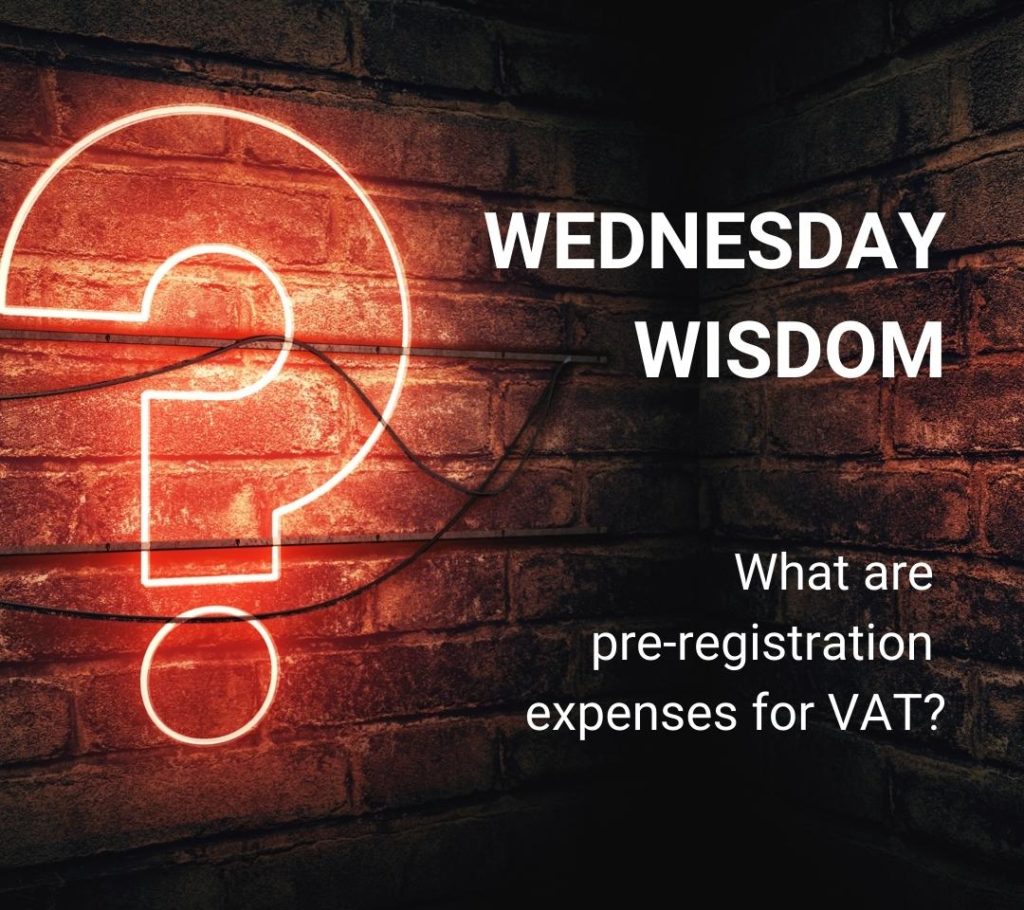Flexible furlough scheme revised updated 29th May 2020
Changes to the Coronavirus Job Retention Scheme (CJRS) will apply a month earlier than expected. From 1 July the scheme will allow part-time working, but staff must have been furloughed by 10 June to be eligible.
The Chancellor has announced the government’s plans to change the CJRS which will now be re-engineered to support businesses sending staff back to work. Employers will be able to put staff on part-time furlough, claiming the CJRS grant for a portion of their salary.
Critically, employers will only be able to claim going forward if they have previously claimed under the pre-1 July scheme.
Note too that as there is a three-week minimum furlough requirement under the current rules, it follows that any new period of furlough leave must have started by 10 June 2020 to be complete when the current scheme ends on 30 June and so ensure the employee remains eligible from 1 July.
The proposed changes also introduce a new limit to the number of staff who can be included on a claim. This will be based on the maximum staff ever included in any single pre 1 July claim. The Chancellor also confirmed that from 1 August the CJRS grant will no longer cover the cost of employers’ National Insurance nor pension contributions with employers expected to cover the costs.
What is changing to the furlough scheme?
For July the grant will be available on the same basis as now (the lesser of 80% of pay and £2,500). The intention is that the government will reduce its contribution over the remaining months of the scheme – August to October – with a corresponding increase in the employer contribution.
- August – the CJRS will continue to pay 80% of wages
- September – the CJRS will pay 70% of wages while employers will take on the other 10%
- October – the CJRS will pay 60% of wages while employers will take on the other 20%
Throughout the furlough scheme, it is important to remember that the employee should continue to receive their salary entitlement as set out by the terms of their employment contract, unless otherwise varied. The CJRS is a grant paid to the employer, and it is this grant which is now being scaled back, the calculation is based on the salary paid for any period while the employee is being furloughed.
The revised scheme has many of the same features as the current scheme which runs between 1 March and 30 June 2020, but there will be some significant changes intended to encourage those previously furloughed back to work. In summary, these are:
- Employees who were previously furloughed will be able to return to work on a flexible part-time basis.
- For those staff who are furloughed part-time, employers will be required to pay for the cost of the time staff are working. A grant will be available for the cost of their furloughed hours.
Employees must have been furloughed under the current scheme (CJRS V1) for them to be eligible for a furlough grant under the revised scheme (CJRS V2). So, in practice, only employees who have been included in a furlough grant claim made before 1 July 2020 can be furloughed under CJRS V2.
The rules for CJRS V1 covered only the period 1 March 2020 to 30 June 2020. This means the furlough scheme is closed to new entrants after 30 June 2020.
Further points to note about CJRS V2
- A new minimum reporting period of one week will apply from 1 August 2020. More frequent claims will not be accepted, but the reporting period can be longer.
- From 1 July, claim periods will no longer be able to overlap months, employers who previously submitted claims with periods that overlapped calendar months will no longer be able to do this going forward. This is necessary to reflect the forthcoming changes to the scheme.
- The grant will be based on the same premise as now, so the employee must be paid the lesser of 80% of reference salary and £2,500 per month. The government contribution to the 80% of reference salary is being reduced as the scheme progresses.
- From 1 August onwards, the scheme will no longer cover the cost of employers’ National Insurance nor pension contributions applicable to the grant.
- The new calculation will apply from 1 July to factor in the cost of hours worked to hours furloughed ratio.
- Employers can claim the grant for the hours their employees are not working calculated by reference to their usual hours worked in a claim period. Further details will be included in future guidance.
- Employers will need to report hours worked and the usual hours an employee would be expected to work in a claim period.
- For worked hours, employees will be paid by their employer subject to their employment contract and employers will be responsible for paying the tax and NICs due on those amounts
- There will be a new maximum limit to the number of staff who can be included on a claim. This will be based on the maximum staff ever included in a single claim under CJRS V1.
- CJRS V2 will end on 31 October 2020.
- A new factsheet giving further details on the changes to CJRS and SEISS is available from gov.uk.
HMRC is hoping to publish detailed guidance on CJRS V2 on 12 June 2020. As experience has taught us the interpretation of the initial announcements can be incorrect once the guidance has been made available and no doubt remains work in progress.
At this stage, the key date for employers is 10 June 2020; the cut-off date for furloughing additional employees.
While it is good to see a phased approach to unwinding the furlough scheme there will still be many businesses that will not yet be in a position to generate revenue in this short timeframe and will not be able to cover this sudden increase in staff costs. The Chancellor will need to consider a further adaption of the scheme to support these businesses, such as in the leisure and hospitality industries.







